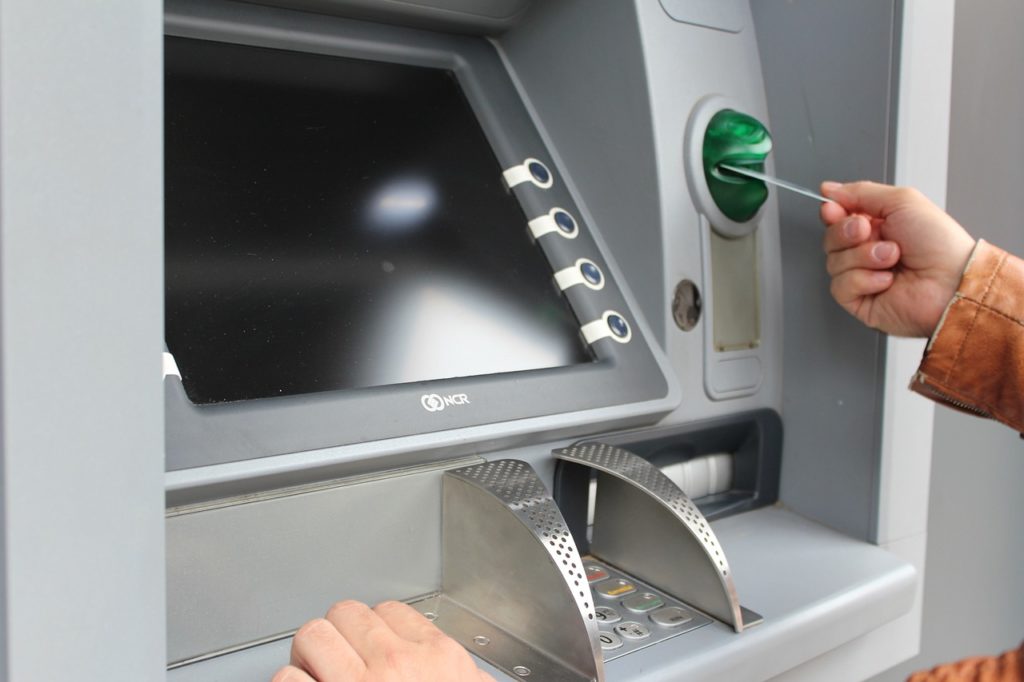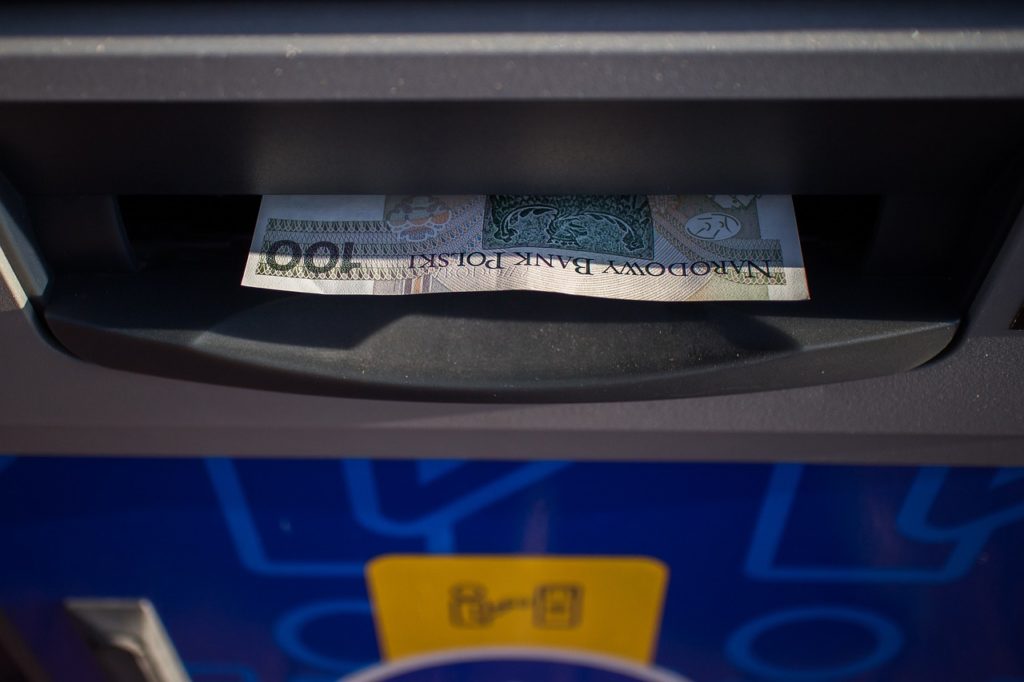An Automated Teller Machine (ATM) business involves purchasing and installing ATM machines in various locations like shopping centers, retail stores, and any places where there’s a high traffic of people. Entrepreneurs can profit from every transaction made from these machines, often making it a profitable venture. While involving minimal effort after initial setup, the ATM business offers a passive income source and flexible working hours.
To establish an ATM business in California requires adherence to a myriad of laws, regulations, and processes. Proper documentation and paperwork are essential not only for legal compliance but also for the smooth operation of the business. It substantiates the legitimacy of the business, helping establish trust with clients and partners. Moreover, efficient handling of paperwork can save time, reduce the risk of penalties, and create a favorable enterprise reputation.
Understanding the California specific policies and requirements
Although operating an ATM business in California can be highly profitable, it requires understanding the state’s specific policies and requirements, such as regulations on registration, licensing, zoning, and taxation. Given the importance of compliance, it’s crucial to stay informed about these regulations to avoid unwanted hassles and penalties.
To facilitate efficient financial management for your ATM business, exploring the benefits of online business banking can provide tools and features tailored to streamline transactions, monitor cash flow, and simplify record-keeping.
Many financial institutions offer online banking solutions designed to meet the unique needs of businesses, making it easier to navigate the financial aspects of operating an ATM business in California. As technology continues to shape the business landscape, leveraging online business banking can contribute to the success and smooth operation of your ATM business.
Analysis of current ATM market in California
The ATM market in California is increasingly competitive but still offers immense opportunities. A growing population, increased consumer spending, and a high concentration of businesses generate substantial demand for ATM services. However, to thrive amid competition, strategic planning, foresight, and efficiency are required.

Legal Requirements for Starting an ATM Business in California
Registering a Business Name
Choosing a business name that’s not only attractive but also aligns with your services can boost your ATM business’s marketability. The name should be easy to remember, relevant, and unique to represent the brand effectively.
How to Register Your Business Name
Once you select your business name, you must register it with California’s Secretary of State’s office. After ensuring it’s not currently in use, you can register either online or by form for a nominal fee.
Securing Necessary Licenses and Permits
Though California doesn’t specifically require an ATM business license, a general business license from the city or county where you plan to operate is essential. In addition, you might need permits for each ATM location.
Procedure to get these licenses
Procuring licenses involves applying to the city or county government, typically via their websites. The procedure may require submitting specific details about your business and payment of a fee.
Financial Aspects of Opening an ATM Business
Initial Investment Requirements
1. Buying or Leasing ATMs
The choice between buying or leasing ATM machines can significantly impact your startup cost. While purchasing can be a considerable upfront investment, leasing could be cost-effective but might increase long-term costs.
2. Location Setup Cost
Other initial costs include location setup, such as installation and potentially leasehold improvements. Factors like the location’s size, condition, and agreement with the venue owner can influence these costs.
Creating a Business Bank Account
1. Requirements for Opening a Business Bank Account in California
Opening a business bank account requires a business name registration certificate, EIN (Employer Identification Number), and personal identification. The bank might require additional documents depending on its policies.
2. Benefits of Having a Separate Business Bank Account
A separate business account safeguards personal assets from any business liabilities and streamlines accounting and bookkeeping. It also enhances your company’s credibility among clients and investors.

Insurance and Bonding Requirements for an ATM Business
Types of Business Insurance Needed
Various insurance types, like liability and property coverage, casualty insurance, worker’s compensation insurance (if you have employees), and ATM insurance, are necessary for safeguarding against unexpected business risks.
Understanding Bonding and Why it’s Necessary
Bonding refers to a type of insurance that protects your ATM business against employee dishonesty, such as theft or misconduct. It’s crucial to maintain trust with clients and protect the company’s financial wellbeing.
Developing a Comprehensive Business Plan
Key Components of an ATM Business Plan
Your ATM business plan should include an executive summary, company description, market analysis, organization structure, services description, marketing, and sales strategy, and financial projections.
Importance of a Financial Projection
Financial projection estimates the future financial performance of the business. It can help in planning, decision-making, and attracting investors by showing the venture’s potential profitability.
Importance of Market Analysis
Market analysis helps understand your target customers, competitors, and market trends. It’s vital for strategic planning and sustaining competitiveness.
Finding and Scouting Suitable Locations
Factors to Consider While Selecting a Location
Selecting the right location is a critical decision in establishing an ATM business, as it directly influences the volume of transactions and, consequently, the revenue. High foot traffic areas are ideal as they guarantee consistent exposure to potential users. Places near banks, shopping centers, tourist spots, and entertainment venues often see a higher demand for cash transactions.
In addition to foot traffic, it’s important to analyze the demographics of an area. A location with a higher concentration of people who predominantly use cash, such as markets or areas with many small businesses, can be more profitable. The presence of surrounding businesses can either complement or compete with your ATM. For example, ATMs near restaurants or bars can benefit from patrons needing cash for tips or cash-only services.
Safety is another major factor. ATMs situated in safe, well-lit areas tend to attract more users, especially during evening hours. High-crime areas might deter potential users and increase the risk of vandalism or theft, impacting insurance costs.
Lastly, assess the competition. If there are already several ATMs in the area, entering that market might be challenging unless you can offer better terms or more reliable service.

Renting Versus Buying Locations
Choosing between renting or buying a space for your ATM can significantly impact your business model and finances. Renting offers flexibility and is typically less expensive in the short term. It’s an excellent choice for new businesses testing the waters, as it involves lower initial investment and risk. However, rental costs can fluctuate, and the lack of ownership might mean less control over the location in the long term.
On the other hand, buying a location requires a substantial upfront investment but offers more stability. Owning the property allows for complete control and could potentially be a lucrative investment if the property’s value appreciates over time. It’s crucial to consider your business’s current financial health, long-term strategy, and the potential ROI of owning a property versus renting.
Ongoing Compliance and Regulation
Understanding Ongoing Regulatory Requirements
Compliance with legal requirements is not a one-time task but an ongoing process. Staying compliant with the Americans with Disabilities Act (ADA) ensures that the ATM is accessible to all users, including those with disabilities. This might involve specific design features and placement that accommodate wheelchair access and usability.
Adhering to the Payment Card Industry (PCI) Data Security Standard is crucial for protecting cardholder data and maintaining user trust. These standards include specific requirements for security management, policies, procedures, network architecture, software design, and other critical protective measures.
State-specific regulations can vary significantly and might include environmental laws, specific tax obligations, and operational guidelines. It’s vital to understand these local requirements to avoid legal issues and ensure smooth operations.
Keeping up with Changes in Laws and Regulations
The legal landscape is ever-evolving, and changes can have significant impacts on your business operations. Staying informed about changes in laws and regulations is essential. This might involve subscribing to legal updates, joining local business associations, or working with legal professionals.
Regularly reviewing and updating business practices in response to legal changes helps in avoiding fines and legal challenges. Being proactive in adapting to legal updates not only keeps the business compliant but also demonstrates a commitment to ethical and responsible business practices.
In conclusion, understanding the complexities of location dynamics and the importance of ongoing compliance is paramount for the longevity and success of an ATM business. Making informed decisions based on thorough research and staying adaptable to changing legal environments are key strategies for a successful ATM venture.
